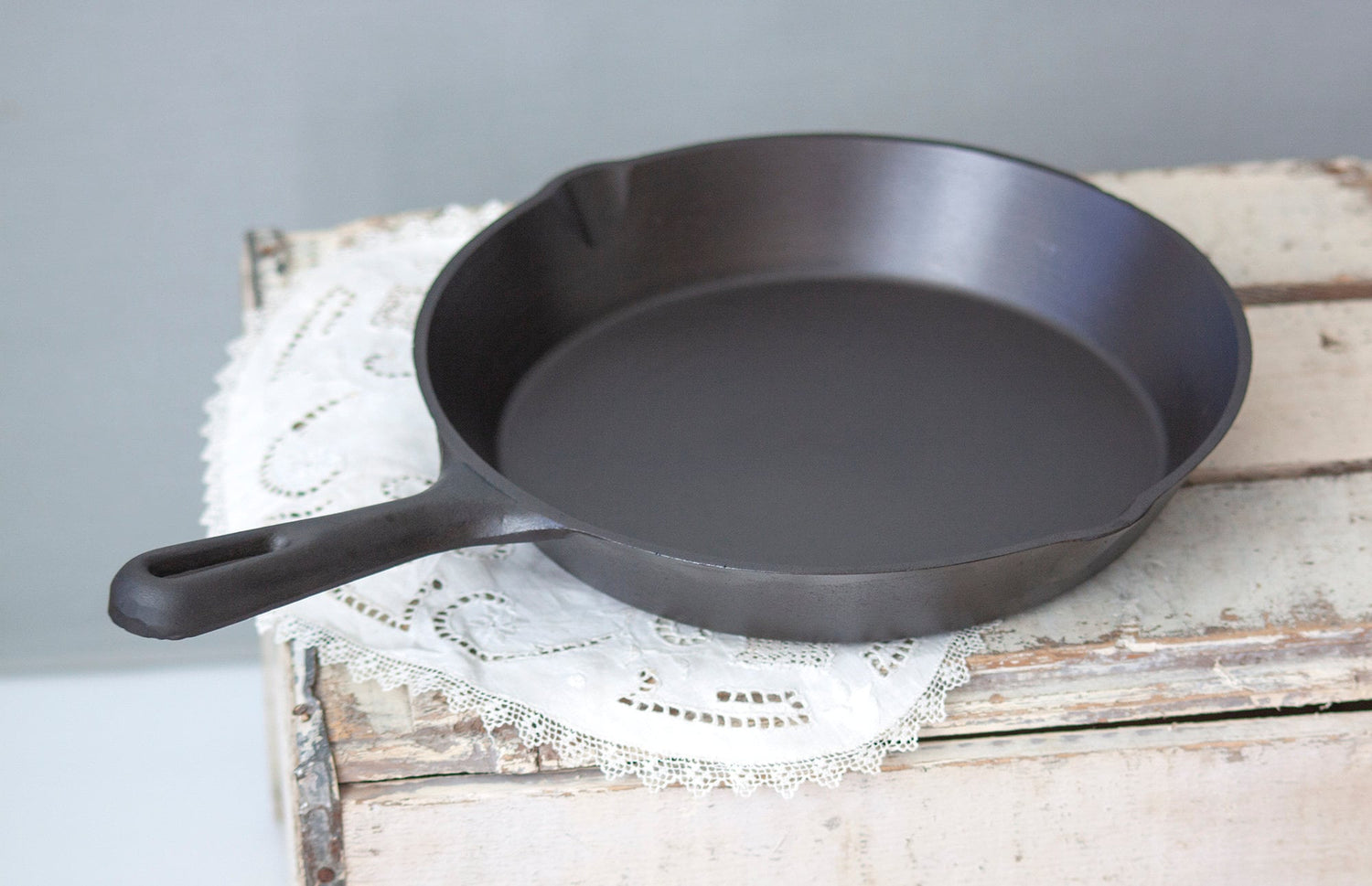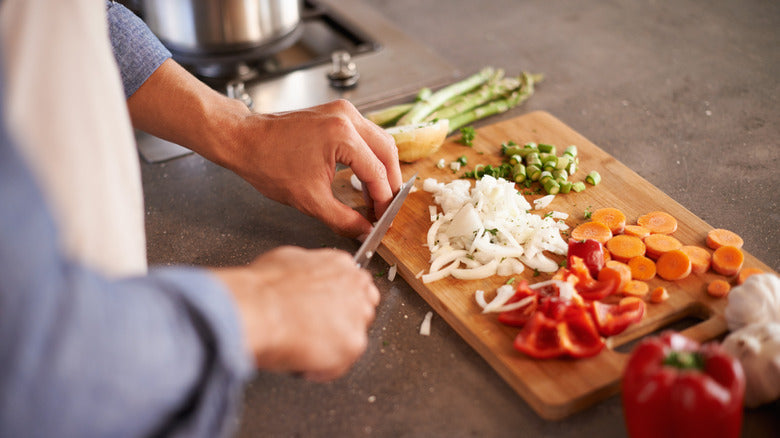When it comes to maintaining and enhancing the longevity of your kitchen tools, few methods are as effective as knowing how to season cast iron skillet on stove. Seasoning a cast iron skillet not only ensures a natural non-stick surface but also protects the skillet from corrosion, making it ideal for culinary professionals. Whether you're a seasoned chef or an aspiring cook, understanding the intricacies of cast iron care is essential.
In this guide, we'll walk you through the detailed process of properly seasoning your cast iron skillet right on the stove. Follow along for tips and tricks that will help keep your skillet in perfect condition for all your cooking needs.

Why Seasoning Your Cast Iron Skillet Matters
Before diving into the seasoning process, its crucial to understand why its important. Seasoning not only improves the skillet's cooking performance but also adds flavor to your dishes. A well-seasoned skillet allows for better heat retention and distributes heat evenly, making it an invaluable tool in the kitchen.
Getting Started: Tools and Ingredients
The first step in the seasoning process is gathering the right tools. Here's what you'll need:
- Cast Iron Skillet
- Oil (flaxseed oil, vegetable oil, or grapeseed oil work best)
- Paper Towels or a clean cloth
- Stovetop
- Heat Resistant Gloves (recommended)
Step 1: Cleaning Your Skillet
Start with a clean slate. If your skillet has any pre-existing rust or food residues, it's important to address these issues first. Use this cleaning guide for detailed steps on how to make your skillet spotless before seasoning.
Step 2: Drying the Skillet
After cleaning, thoroughly dry your skillet to prevent moisture from causing rust. You can simply heat the skillet on medium heat on your stovetop for a few minutes until all water has evaporated.
Step 3: Applying Oil
Once the skillet is completely dry, its time to apply a thin layer of oil. Use a paper towel or cloth to evenly spread the oil. Remember, a little goes a long way. Avoid excess oil as it can lead to a sticky surface.
Step 4: Heating the Skillet
Next, place the oil-coated skillet back on the stovetop. Turn the heat to medium-high and allow the iron to heat up for 10 to 15 minutes. You'll know it's ready when the surface starts to darken and produce a faint smoke.
Step 5: Letting it Cool
Once heated, turn off the stovetop and let the skillet cool down naturally. This cooling process is crucial as it helps the oil adhere to the skillet, further enhancing the seasoning.
Step 6: Repeat for Best Results
For a stronger seasoning layer, repeat steps 3 through 5 at least two to three times. After each session, the skillet will become more resilient and non-stick.
Maintaining Your Seasoned Skillet
Now that you've successfully seasoned your skillet, ongoing care is essential. To keep the seasoning intact, avoid soaking the skillet in water and refrain from using soap for cleaning. Instead, simply wipe it down with a damp cloth and reapply a light coat of oil after each use.
For more tips on cooking with a cast iron skillet, consider checking out how to cook eggs effectively.
Common Mistakes to Avoid
Even experienced chefs can make mistakes when seasoning a cast iron skillet. Here are some common pitfalls:
- Applying too much oil
- Not heating the skillet sufficiently
- Neglecting to clean properly before seasoning
By being aware of these mistakes, you can ensure a successful seasoning process.

FAQs
Why do I need to season my cast iron skillet?
Seasoning creates a natural non-stick layer and protects your skillet from rust and damage.
How often should I season my skillet?
It depends on usage, but re-seasoning every few months or when the surface appears dull is advisable.
Can I use any oil for seasoning?
No, it's best to use oils with high smoke points, such as flaxseed, vegetable, or grapeseed oil.
For a great reference on maintaining your cast iron skillet, you can refer to this resource.
As an Amazon Associate, I earn from qualifying purchases.






Leave a comment
This site is protected by hCaptcha and the hCaptcha Privacy Policy and Terms of Service apply.